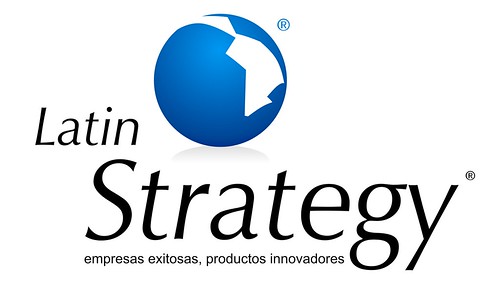La nota la trae The NYT:
Extracto 1. El dilema de los innovadores (la teoría de Clayton Christensen - idem extracto 2):
"G.M.’s biggest failing, reflected in a clear pattern over recent decades, has been its inability to strike a balance between those inside the company who pushed for innovation ahead of the curve, and the finance executives who worried more about returns on investment. The two views were rarely in sync — in effect, fighting over the steering wheel that controlled G.M.’s direction — and the internal battles distracted G.M. from spotting shifts in the marketplace..."
Extracto 2. El destino (casi insalvable) de los innovadores incumbentes:
"Time and again over the last 30 years, G.M. has spent billions of dollars on innovative ideas like its Saturn small-car company in the 1980s and the EV1 electric vehicle in the 1990s, only to then deprive those projects of further financing because money was needed elsewhere or because they were not delivering enough profit..."
Extracto 3. El marketing al frente (para ganar) o atrás (para quedarse atrás):
"While Toyota has sold more than 600,000 Prius hybrids in the United States since 2000, General Motors will not start selling its Volt plug-in hybrid until 2010, when it hopes to sell 10,000 of them in the first year. “We were late on hybrids,” George M. C. Fisher, the lead outside director on G.M.’s board, said in an interview this week. “Why were we late? We made a business decision as opposed to a marketing decision. That’s probably a mistake, in retrospect.”
Extracto 4. El marketing y las finanzas (el dinero viene del cliente, "el único centro de utilidades que conozco es un cheque de un cliente que no rebota" Peter F. Drucker)
"But G.M., despite its tradition of fostering innovation, has often been impatient for profits to emerge. Mr. Casesa said that pattern stemmed from the fact that so many of the company’s top executives had a background in finance, not in engineering and designing cars and trucks. For the last half-century, virtually all of G.M.’s chief executives, including Mr. Wagoner, have come from its financial side, which has judged most initiatives based on whether they will be profitable. That “earn it” philosophy has led to the demise of some of G.M.’s most publicized efforts to try something new, like the EV1 electric car, which G.M. leased to owners from 1996 to 1999, before killing the program as too expensive. It also led G.M. not to introduce any new Saturn models for five years during the 1990s, effectively starving the division of new products that might have lured in new customers..."
Así están las cosas; y GM ha sido la compañía manufacturera más grande del mundo durante 100 años. La innovación, que los clientes demandan, no da tregua
lunes, 15 de diciembre de 2008
Suscribirse a:
Enviar comentarios (Atom)

No hay comentarios:
Publicar un comentario